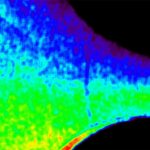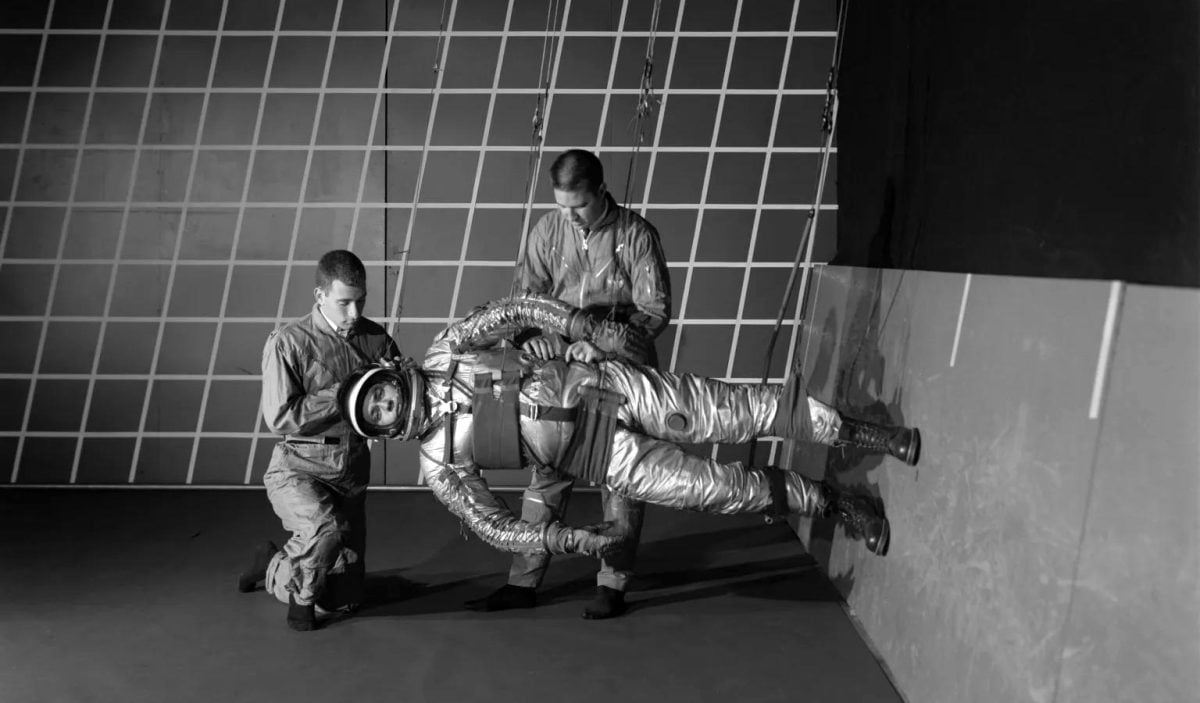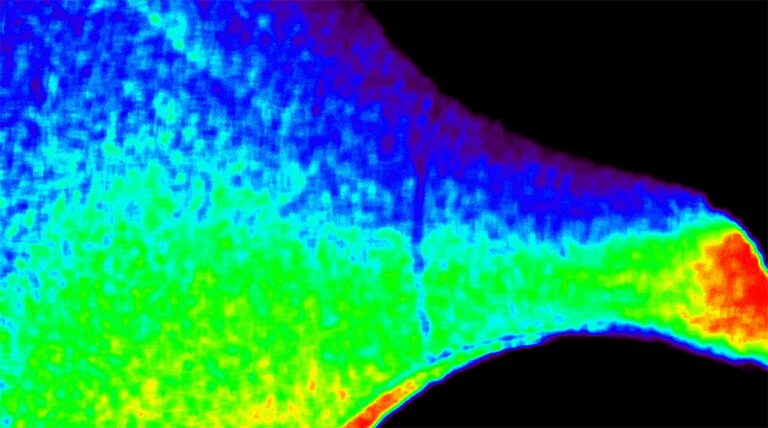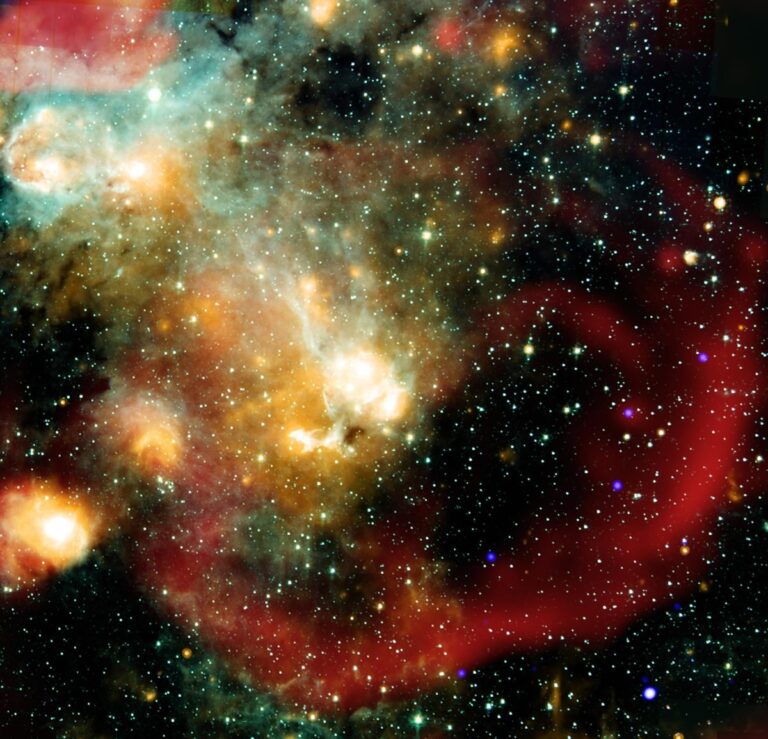NASA undertook an extraordinary mission: transforming Virginia into a replica of the Moon’s surface. This innovative project was critical to the success of the Apollo program, preparing astronauts for their historic lunar journeys.
Why Virginia?
NASA’s Langley Research Center in Hampton, Virginia, became the hub of lunar simulation. The location provided the ideal facilities to mimic the Moon’s challenging terrain and conditions.Creating the Lunar LandscapeEngineers constructed artificial craters and rocky terrain to replicate the Moon’s surface.
They also developed low-gravity simulation tools, enabling astronauts to practice essential maneuvers, including lunar module landings and surface navigation.The Impact on Space ExplorationThis groundbreaking initiative laid the foundation for the success of the Apollo missions. The rigorous training in Virginia ensured that astronauts were equipped to tackle the unknowns of the Moon, cementing NASA’s place in space exploration history.
Conclusion
NASA’s transformation of Virginia into a lunar testing ground symbolizes the power of innovation and preparation. By simulating the unknown, NASA not only achieved the impossible but also demonstrated how imagination and technology can overcome any challenge.

















+ There are no comments
Add yours